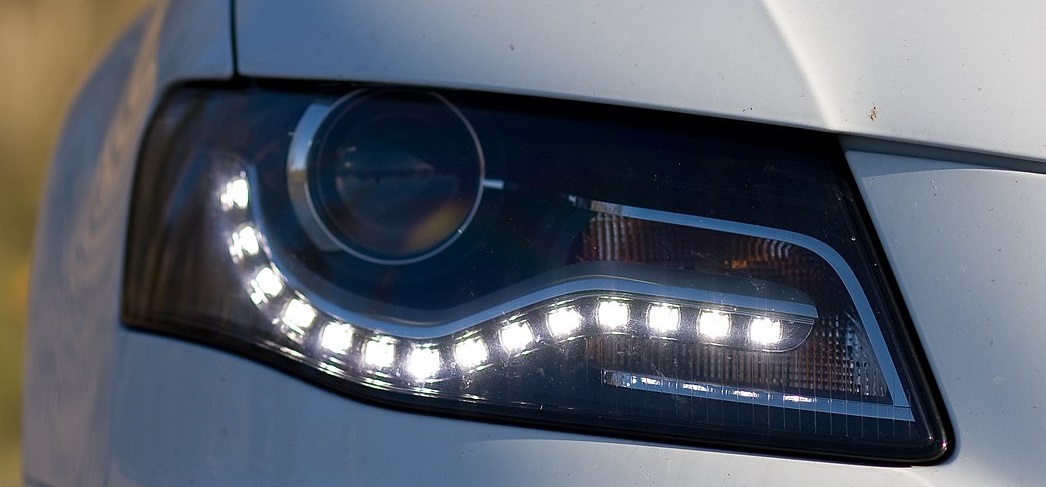Increasing concerns about vehicle safety and stringent government regulations have spurred technical innovations across the automotive lighting market. Additionally, the increasing population and rising consumer buying power throughout the developing world are expected to deliver lucrative opportunities in this space, according to a recent report.
The global automotive lighting market size was valued at $18 billion in 2018 and is projected to reach $28.77 billion by 2026, registering a CAGR of 6.7 percent from 2019 to 2026, according to a recent Valuates report.
“Vehicle lighting plays an important role, particularly when driving heavily trafficked roads. Road injuries pose a significant problem for governments worldwide. Therefore, it is necessary to improve the driving conditions, which can partially be accomplished by improving the lighting system,” the report noted.
It highlighted that strict lighting rules have powered the automotive lighting industry in developed countries of Europe and North America.
The report also noted that the increasing adoption of advanced technologies in automotive components and the increasing demand for overall vehicle performance is pushing OEMs’ focus on vehicle lighting. This trend is, in turn, expected to boost the automotive lighting market size during the forecast period.
The rear lighting segment was the highest contributor to the industry, with USD 5.61 billion in 2018, and is estimated to reach USD 8.87 billion by 2026, at a CAGR of 6.5 percent during the forecast period, the report noted.
According to the report, the outbreak of COVID-19 has globally disrupted the automotive supply chain which in turn has also affected the market for automotive lighting.
Production of automotive lighting parts was impacted by the shut down of manufacturing facilities and new vehicle sales, the report noted. “In 2020, demand for both traditional and hybrid vehicles is expected to see a downward trend, further affecting the automotive lighting market,” Valuates highlighted.
However, it mentioned that companies are taking various steps to deal with the adverse effects of the coronavirus.


